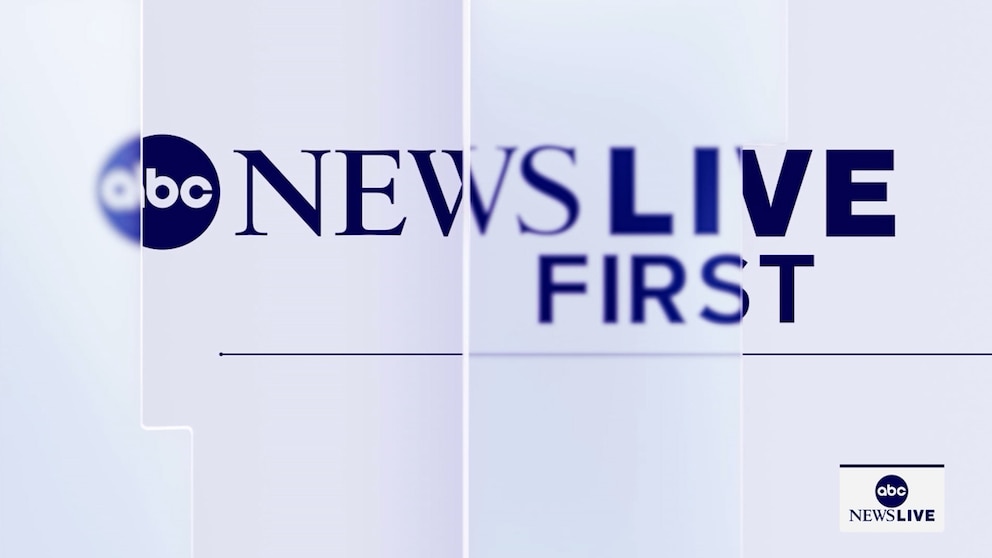Stocks Reach New Highs as Corporate Bonds Show Strength
U.S. stocks surged to new record highs on September 19, 2025, as corporate bonds demonstrated notable strength amid the Federal Reserve's latest rate cut and shifting investor strategies.

U.S. equity markets reached fresh all-time highs on September 19, 2025, buoyed by renewed optimism following the Federal Reserve's decision to cut interest rates by 25 basis points. The move, widely anticipated by investors, was driven by growing concerns over a softening labor market and signals of elevated inflation. Federal Reserve Chair Jerome Powell cited weakening job creation and rising unemployment as key factors behind the rate cut, while also acknowledging persistent inflation pressures linked to tariffs. The central bank's updated projections now include two additional quarter-point cuts this year, reflecting a more accommodative stance aimed at supporting economic growth.
Corporate Bonds Defy Rising Rates
In parallel, the corporate bond market has shown remarkable resilience, with investment-grade (IG) spreads narrowing to a 27-year low of 72 basis points in September. Investors have increasingly favored high-quality IG bonds, which offered a yield-to-worst of 4.99% as of June, and have shifted away from riskier high-yield (HY) bonds due to compressed risk premiums. Sector rotation has been a defining feature, with financials and industrials attracting attention for their earnings stability. Sustainability-linked bonds have also gained traction, comprising 5% of new issuance as investors seek ESG-aligned income vehicles. The Federal Reserve's policy shift and a steepening yield curve have driven demand for short-duration strategies, with laddered maturities and targeted ETFs seeing increased inflows.
High-Yield Rally and Market Dynamics
The U.S. junk bond market extended its rally for a seventh consecutive week, with yields falling to a multi-year low of 6.57%. The risk premium dropped to a seven-month low, and CCC-rated bonds—considered the riskiest tier—delivered strong returns, outperforming other asset classes. Market expectations now point to at least two more 25 basis point rate cuts this year, in line with the Federal Reserve's projections. The supply of new bonds surged, with nearly $12 billion issued during the week, marking the busiest period since early August. Credit fundamentals remain robust, supported by technical strength and investor confidence in the Fed's easing trajectory.
Policy, Sector Rotation, and Investor Strategy
The broader economic landscape is being shaped by the new Trump administration's pro-growth policies, including tax cuts and increased spending, which are expected to boost productivity and corporate earnings. However, these measures may also introduce volatility, particularly in the bond market, as tariffs and regulatory changes impact returns. Investors are advised to prioritize quality and diversification, with a focus on defensive positioning and tactical agility. Sector rotation into financials, industrials, and securitized credit is seen as a strategic response to policy-driven risks and evolving market conditions.
Looking ahead, the combination of falling interest rates, fiscal stimulus, and sector-specific opportunities is expected to support continued strength in both equities and corporate bonds. While volatility may persist as markets adjust to shifting policy signals and global trade tensions, investors who emphasize credit selection and strategic diversification are likely to benefit from the current environment.